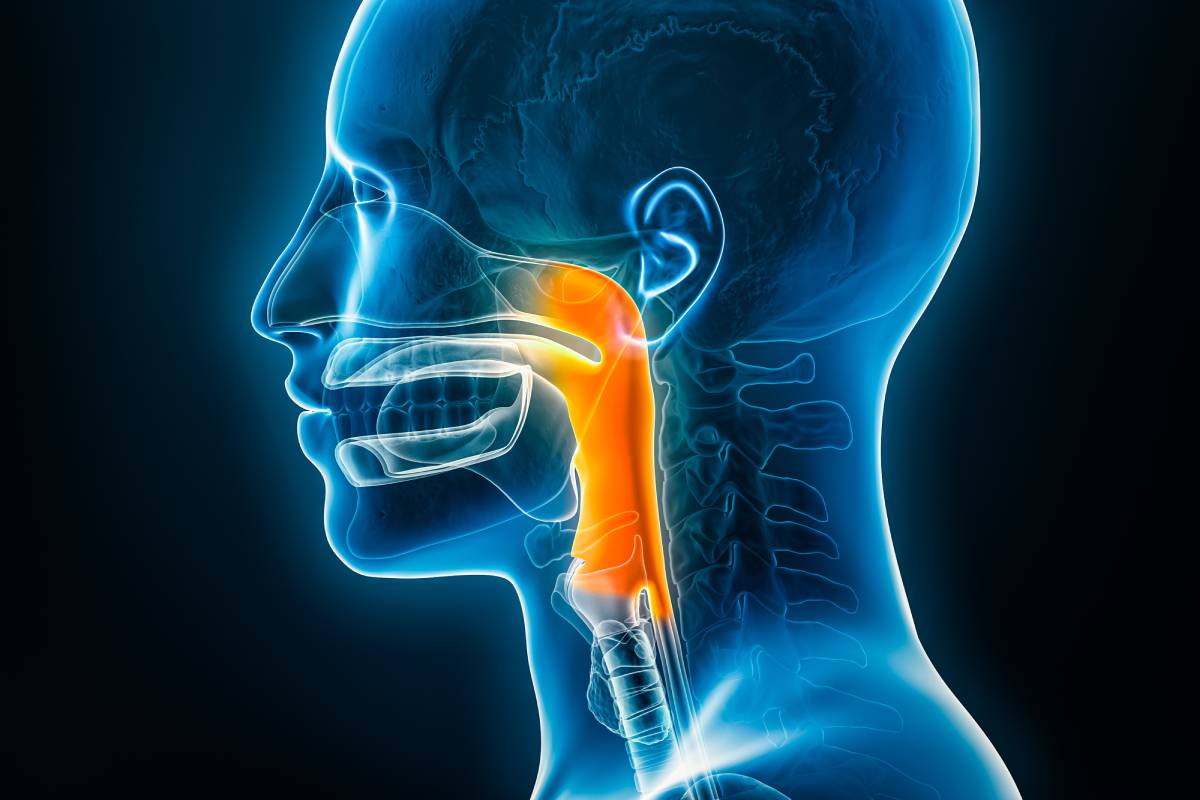Airway management is a fundamental aspect of patient care, crucial for ensuring adequate oxygenation and ventilation. However, some airways present unique challenges due to their anatomy. From variations anatomy to pathological conditions, difficult airways highlight the importance of meticulous preparation and specialized techniques in clinical practice.
The airway consists of a series of interconnected structures responsible for the passage of air from the external environment to the lungs. The upper airway encompasses the nasal cavity, oral cavity, pharynx, larynx, and upper trachea, while the lower airway comprises the lower trachea, bronchi, and bronchioles. Each segment of the airway possesses distinct anatomical features that can influence airway management strategies 1.
Variations in anatomy can create difficult airways, complicating medical care and certain interventions. Variations in the size, shape, and positioning of structures such as the mandible, hyoid bone, thyroid cartilage, and vocal cords can impair airway access and increase the risk of complications 2. In addition, anatomical anomalies such as a high-arched palate, retrognathia, or cervical spine pathology can further exacerbate difficulties in airway management.
Pathological conditions affecting the airway can also significantly impact its anatomy and function 3. For example, structural abnormalities like tumors, cysts, or stenosis can cause difficult airways by changing airway anatomy, specifically by narrowing the lumen and obstructing airflow 4. Additionally, inflammatory conditions like angioedema or infections can cause edema and swelling, also making airway management difficult.
In addition to anatomical and pathological factors, physiological considerations play a crucial role in managing difficult airways. Certain patient populations, such as obese individuals, children, or geriatric individuals, present unique anatomical and physiological challenges that must be carefully addressed. Pediatric airways, for example, tend to have proportionally larger tongue, narrower airway diameter, and more anteriorly positioned larynx, requiring specialized techniques and equipment for safe airway management. Similarly, obesity can result in excess adipose tissue deposition around the neck and upper airway, complicating visualization and access during intubation 2,3.
Given the multifactorial nature of difficult airways, a systematic approach to airway assessment and management is essential 5. The “LEMON” mnemonic, for “Look externally, Evaluate 3-3-2, Mallampati score, Obstruction, and Neck mobility”, provides a structured framework for assessing airway anatomy and predicting difficult airways. Additionally, the use of adjunctive tools and techniques such as video laryngoscopy, fiberoptic bronchoscopy, and supraglottic airway devices can enhance success rates and minimize complications in challenging airway scenarios.
Overall, the anatomy of difficult airways encompasses a range of structural deviations and abnormalities that demand careful consideration and expertise from healthcare providers. A thorough understanding of airway anatomy, coupled with proficiency in specialized techniques and equipment, is paramount.
References
1. Anatomy, Airway – StatPearls – NCBI Bookshelf. Available at: https://www.ncbi.nlm.nih.gov/books/NBK459258/. (Accessed: 6th March 2024)
2. Difficult Airway – StatPearls – NCBI Bookshelf. Available at: https://www.ncbi.nlm.nih.gov/books/NBK470224/. (Accessed: 6th March 2024)
3. Fonseca, D., Graça, M. I., Salgueirinho, C. & Pereira, H. Physiologically difficult airway: How to approach the difficulty beyond anatomy. Trends Anaesth. Crit. Care 48, 101212 (2023). doi:10.1016/j.tacc.2023.101212
4. Cai, S. R., Sandhu, M. R. S., Gruenbaum, S. E., Rosenblatt, W. H. & Gruenbaum, B. F. Airway Management in an Anatomically and Physiologically Difficult Airway. Cureus 12, (2020). doi: 10.7759/cureus.10638
5. Saoraya, J. et al. Difficult airway predictors were associated with decreased use of neuromuscular blocking agents in emergency airway management: a retrospective cohort study in Thailand. BMC Emerg. Med. (2021). doi:10.1186/s12873-021-00434-2
